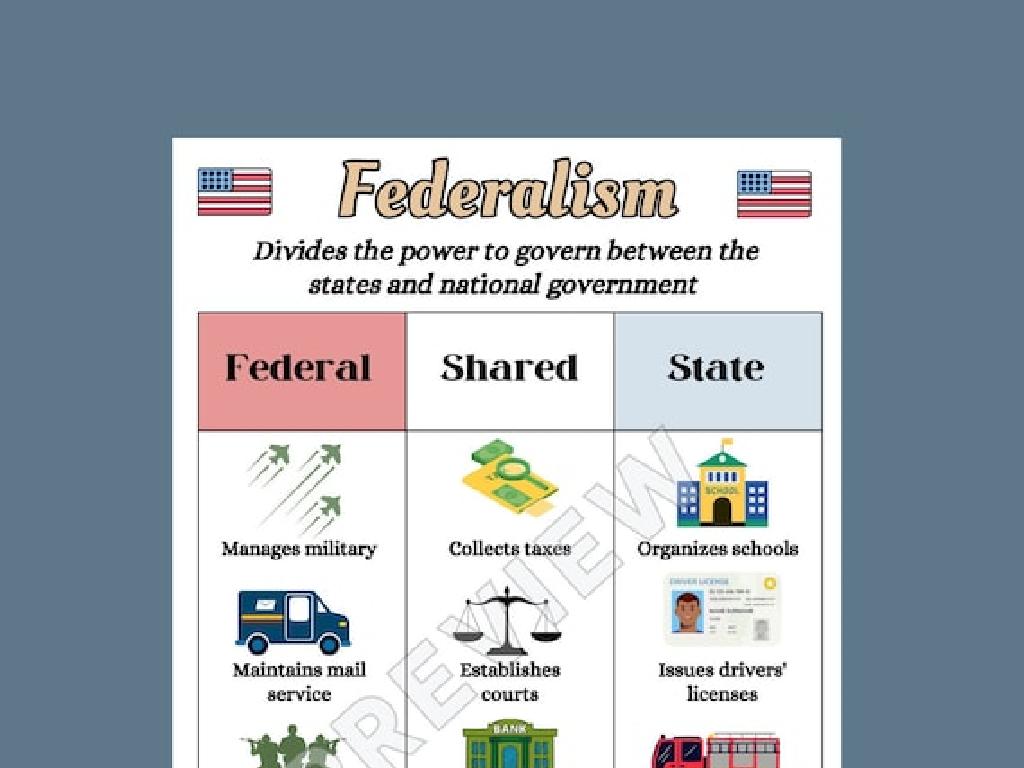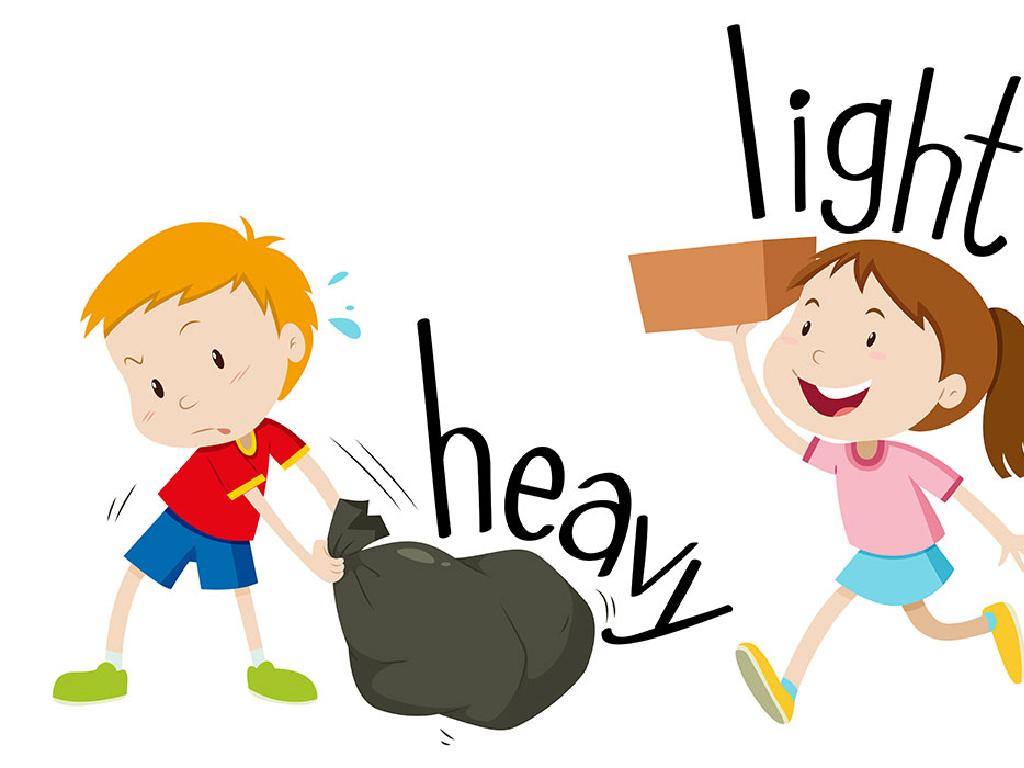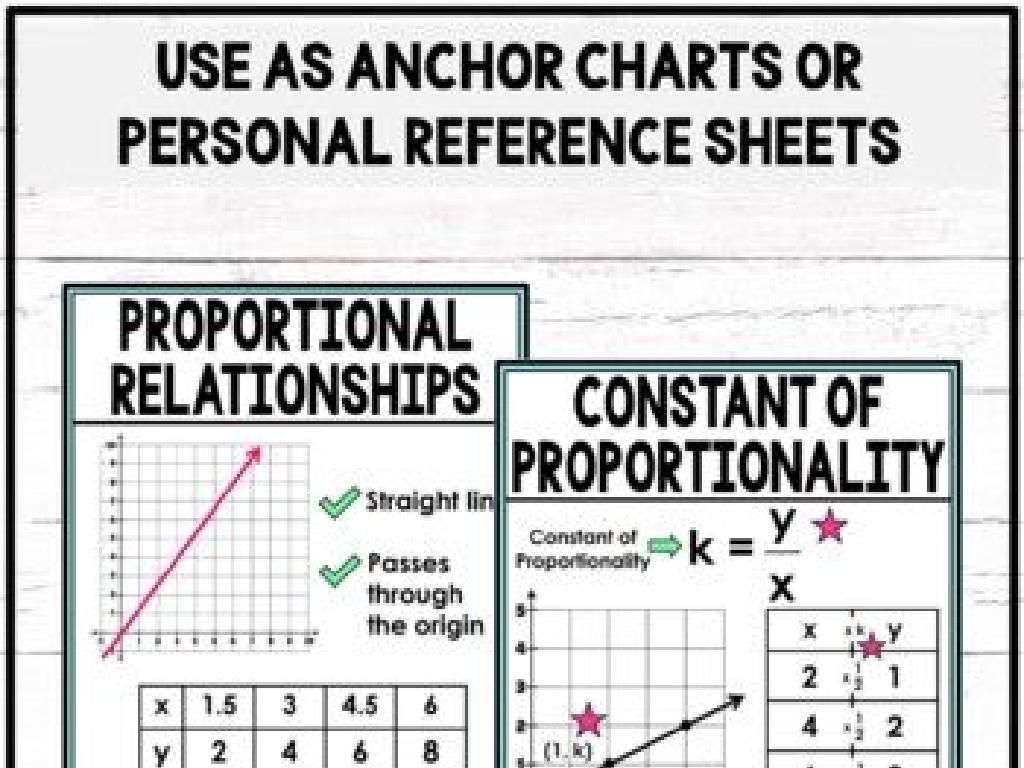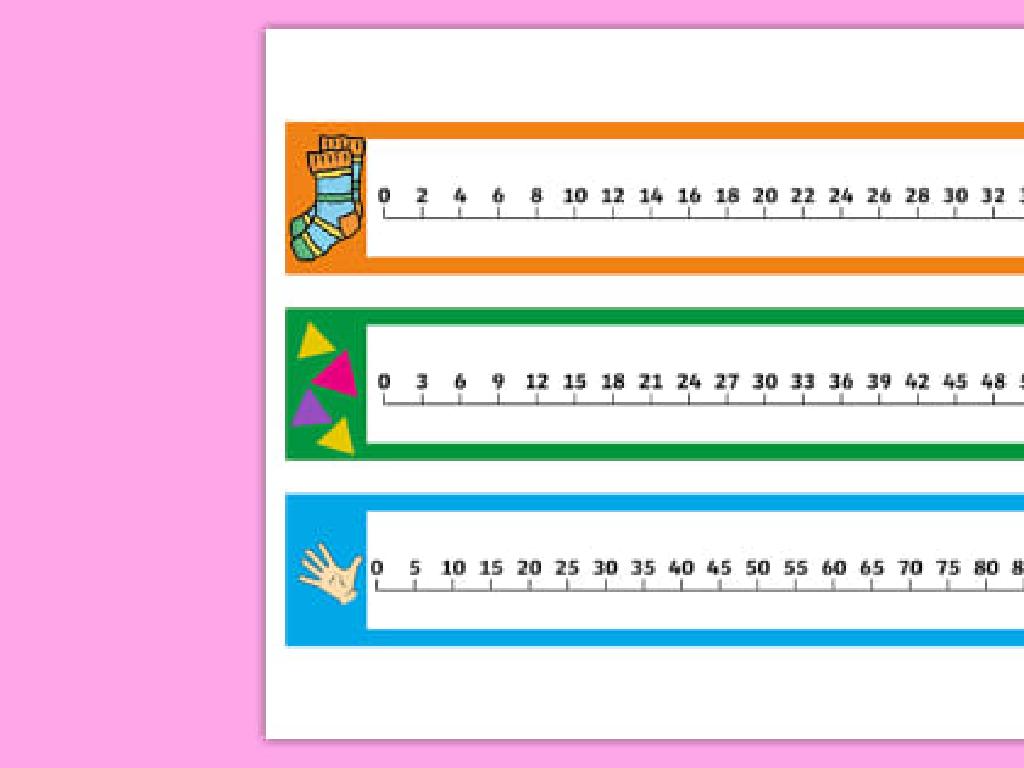Create Compound Sentences
Subject: Language arts
Grade: Fifth grade
Topic: Sentences, Fragments, And Run-Ons
Please LOG IN to download the presentation. Access is available to registered users only.
View More Content
Crafting Compound Sentences
– Understanding sentence structure
– A sentence has a subject, verb, and expresses a complete thought.
– Exploring fragments and run-ons
– Fragments are incomplete thoughts; run-ons are two sentences joined improperly.
– Crafting compound sentences
– Compound sentences connect two related ideas with a conjunction like ‘and’, ‘but’, or ‘or’.
– Importance of compound sentences
– They make writing more varied and interesting, showing the relationship between ideas.
|
Today’s lesson focuses on the structure of sentences and the role of compound sentences in writing. Start by explaining what constitutes a complete sentence, then contrast this with fragments and run-ons. Emphasize the importance of punctuation and conjunctions in joining two independent clauses to form compound sentences. Discuss why using compound sentences can enhance writing by linking related ideas and making text more engaging. Encourage students to practice creating their own compound sentences and to be mindful of sentence structure in their writing.
Understanding Sentences
– Definition of a sentence
– A sentence is a group of words that conveys a clear message.
– Sentence must have a subject
– The subject is who or what the sentence is about.
– Sentence must have a verb
– The verb tells what the subject does or is.
– Expressing a complete thought
– It’s not a fragment; it’s a full idea.
|
This slide introduces the basic concept of a sentence to the students. It’s crucial to emphasize that a sentence is more than just a string of words; it must include a subject and a verb, and most importantly, it must express a complete thought. Provide examples of simple sentences and highlight their subjects and verbs. For instance, ‘The dog (subject) barks (verb).’ Encourage students to create their own sentences following this structure. This foundation is essential before moving on to more complex sentence structures like compound sentences.
Understanding Sentence Structure
– Define sentence fragment
– A fragment is an incomplete sentence that’s missing a subject or verb.
– Explain run-on sentences
– A run-on sentence has too many ideas without proper punctuation.
– Examples of fragments and run-ons
– Fragment: ‘Although she was tired.’ Run-on: ‘She was tired she stayed up late.’
– Correcting fragments and run-ons
– Use conjunctions or punctuation to fix run-ons and add missing parts to fragments.
|
This slide aims to help students differentiate between complete sentences, sentence fragments, and run-on sentences. A sentence fragment lacks the main components that make up a complete thought, while a run-on sentence crams too many ideas into a single sentence without proper punctuation or conjunctions. Provide clear examples and non-examples to illustrate these concepts. Encourage students to practice identifying and correcting both fragments and run-ons in example sentences. This will enhance their writing skills by ensuring they can construct clear and coherent sentences.
Building Compound Sentences
– Definition of a compound sentence
– Two independent clauses joined by a conjunction
– Conjunctions: FANBOYS
– for, and, nor, but, or, yet, so
– Crafting compound sentences
– ‘I like tea, and she likes coffee.’ Two ideas, one sentence!
– Practice with examples
– ‘It was raining, but we went hiking.’ Contrast using ‘but’
|
This slide introduces students to the concept of compound sentences, which are made by connecting two independent clauses with a conjunction. The mnemonic FANBOYS (for, and, nor, but, or, yet, so) helps students remember the conjunctions used to create compound sentences. Provide examples to illustrate how each conjunction can be used to link clauses. Encourage students to create their own examples of compound sentences using each of the FANBOYS. This practice will help them understand the structure and use of compound sentences in their writing.
Crafting Compound Sentences
– Start with simple sentences
– Learn about conjunctions
– Conjunctions are words like ‘and’, ‘but’, ‘or’ that connect
– Connect sentences using ‘and’, ‘but’, ‘or’
– ‘I like apples’ and ‘I like oranges’ become ‘I like apples and oranges’
– Create your own compound sentences
|
This slide is aimed at teaching students how to form compound sentences by first understanding and constructing simple sentences. Then, introduce the concept of conjunctions, which are the building blocks that link these simple sentences together. Focus on the most common conjunctions: ‘and’, ‘but’, and ‘or’. Provide examples of simple sentences and demonstrate how they can be connected to form compound sentences. Encourage students to practice by writing their own simple sentences and then combining them using different conjunctions to see how the meaning changes. This exercise will enhance their writing skills and understanding of sentence structure.
Practice Time: Crafting Compound Sentences
– Identify compound sentences
– Look for sentences with two independent clauses.
– Combine simple sentences
– Take two simple sentences and make them one.
– Use coordinating conjunctions
– Remember FANBOYS: for, and, nor, but, or, yet, so.
– Write your own compound sentences
– Practice by writing sentences about your day.
|
This slide is designed for a class activity where students will practice identifying and creating compound sentences. Start by explaining that a compound sentence is made up of two independent clauses connected by a coordinating conjunction. Provide examples on the board and ask students to identify the clauses and conjunctions. Then, have students take two simple sentences and combine them using a conjunction to form a compound sentence. Encourage creativity and sharing among classmates. As a homework assignment, students can write a short paragraph about their day using compound sentences. This exercise will help solidify their understanding of sentence structure and improve their writing skills.
Let’s Play: Compound Sentence Construction!
– Write simple sentences on paper strips
– Swap a strip with another pair
– Use a conjunction to connect sentences
– Conjunctions like ‘and’, ‘but’, or ‘so’ can link the sentences
– Share your new compound sentences
|
This interactive activity is designed to help students understand the structure of compound sentences by creating them in a fun and engaging way. Start by having students write simple sentences on strips of paper. Then, they will exchange one of their strips with another pair, challenging them to use a conjunction to connect the two simple sentences into one compound sentence. Encourage creativity and correct use of conjunctions. After constructing their compound sentences, students will share them with the class, providing an opportunity for peer learning. As a teacher, be prepared to offer guidance on conjunction use and sentence structure, and have a list of conjunctions handy for students to reference. Possible variations of the activity could include using different conjunctions, creating complex sentences, or turning run-on sentences into compound sentences.
Class Activity: Compound Sentence Challenge
– Form groups for a story challenge
– Use compound sentences in your story
– Connect ideas using words like ‘and’, ‘but’, ‘so’
– Present your story to the class
– Class votes on the best story
– Consider creativity and correct grammar
|
This activity is designed to encourage the use of compound sentences in a fun and interactive way. Divide the class into small groups and explain that a compound sentence is made up of two independent clauses connected by a conjunction such as ‘and’, ‘but’, or ‘so’. Each group will write a short story incorporating as many compound sentences as they can. After writing, each group will present their story to the class. Following the presentations, hold a class vote to determine the most creative and grammatically correct story. This will not only help students practice their grammar skills but also foster teamwork and public speaking. Provide examples of compound sentences and encourage students to be as creative as possible with their stories.
Review and Reflect: Compound Sentences
– Recap on compound sentences
– Compound sentences have two independent clauses joined by a conjunction like ‘and’, ‘but’, or ‘or’.
– Understanding their usefulness
– They make our writing more interesting and show how ideas are connected.
– Personal takeaways from the lesson
– Think of one thing about compound sentences that stood out to you today.
– Class activity: Share your thoughts
|
This slide aims to consolidate the students’ understanding of compound sentences and reflect on their importance in writing. Start by asking the class what they remember about compound sentences. Discuss why using compound sentences can enhance their writing by connecting related ideas and making their sentences more engaging. Encourage each student to share one aspect of today’s lesson that they found particularly memorable or useful. This could be a specific example of a compound sentence they liked or a rule about using conjunctions they will remember. Conclude with a class activity where students volunteer to share their thoughts, fostering a collaborative learning environment.






